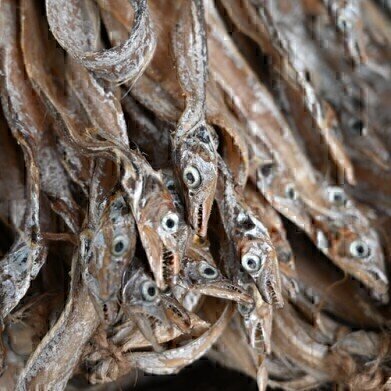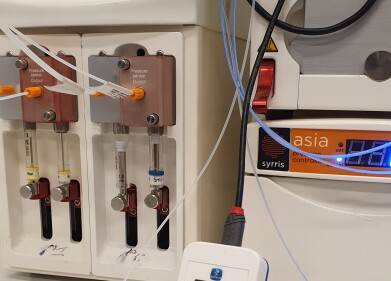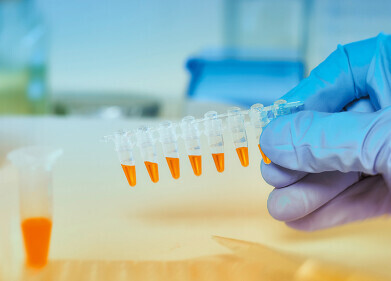Liquid Chromatography
Are Dried Fish Products from India Safe to Eat? - Chromatography Investigates
Apr 26 2021
Fish are an excellent dietary source of proteins, vitamins, minerals, and essential fatty acids. It is a highly nutritious food source and tastes great into the bargain. Consumption of fish has increased in recent years partly because of the health benefits of omega-3 fatty acids that are associated with reduced cholesterol levels and the reduced risk of cardiovascular disease.
The relatively easy way to source fish and the high protein content makes fish an attractive dietary option in the developing world. In some areas of the world dried fish are an important part of the diet. Dried fish is one method of increasing the shelf life of fish, and other perishable products. But there are toxins associated with improperly dried fish and they can kill.
Dried fish preservation
To preserve fish and make perishable food last longer, various preservation techniques are used such as smoking and drying. In many hot and sunny climates, salting and sun-drying are the preferred techniques to improve flavour, texture, and shelf life. With its low cost and high nutritional value, it is easy to see why a major part of many people’s traditional diet dried fish is.
Drying fish removes water, and it is the reduced water content that can hinder microbial growth and thus spoilage. However, dried fish are often affected by halophilic microorganisms – microorganisms that have a liking for salt - that can thrive even in low moisture conditions. Fungal molds are one such microorganism that can grow in low water conditions and produce mycotoxins.
A mycotoxin is a metabolite produced by mold and can occur in dried fish. Some can cause severe health complications and are considered a serious food safety issue. Some important mycotoxins are Aflatoxin and Ochratoxin. Aflatoxins are produced by fungi such as Aspergillus sp. and are associated with acute liver cirrhosis and cancer.
Chromatography explores the mycotoxins
A study in India, reported in Journal of Microbiology, Biotechnology and Food Sciences has investigated the incidence of mycotoxins in dried fish in Chennai. Samples from 27 dried fish were analysed for fungi which were extracted and then identified. Thin layer chromatography was used to extract mycotoxin from the fungi. The mycotoxins were analysed using high-performance liquid chromatography. A discussion on the use of HPLC can be found in the article, Faster Time to Results for Ultra-Performance Liquid Chromatographic Separations of Metal-Sensitive Analytes.
The team found six types of fungi in the dried fish samples with the most prevalent being Aspergillus parasiticus. The most contaminated fish was found to be Scomberomorus commerson known as King fish. Mycotoxins from the fungal isolate A.parasiticus had the most toxic potential when tested on shrimp larvae. They were identified by HPLC as Aflatoxin G2. The team conclude that: adherence to proper hygienic practices while processing, handling and storage of dried fishes needs to be emphasized to avoid any likelihood mycotoxicosis in consumers.
Digital Edition
Chromatography Today - Buyers' Guide 2022
October 2023
In This Edition Modern & Practical Applications - Accelerating ADC Development with Mass Spectrometry - Implementing High-Resolution Ion Mobility into Peptide Mapping Workflows Chromatogr...
View all digital editions
Events
Apr 23 2024 Kintex, South Korea
Apr 23 2024 Seoul, South Korea
Apr 28 2024 Montreal, Quebec, Canada
May 05 2024 Seville, Spain
May 15 2024 Birmingham, UK













